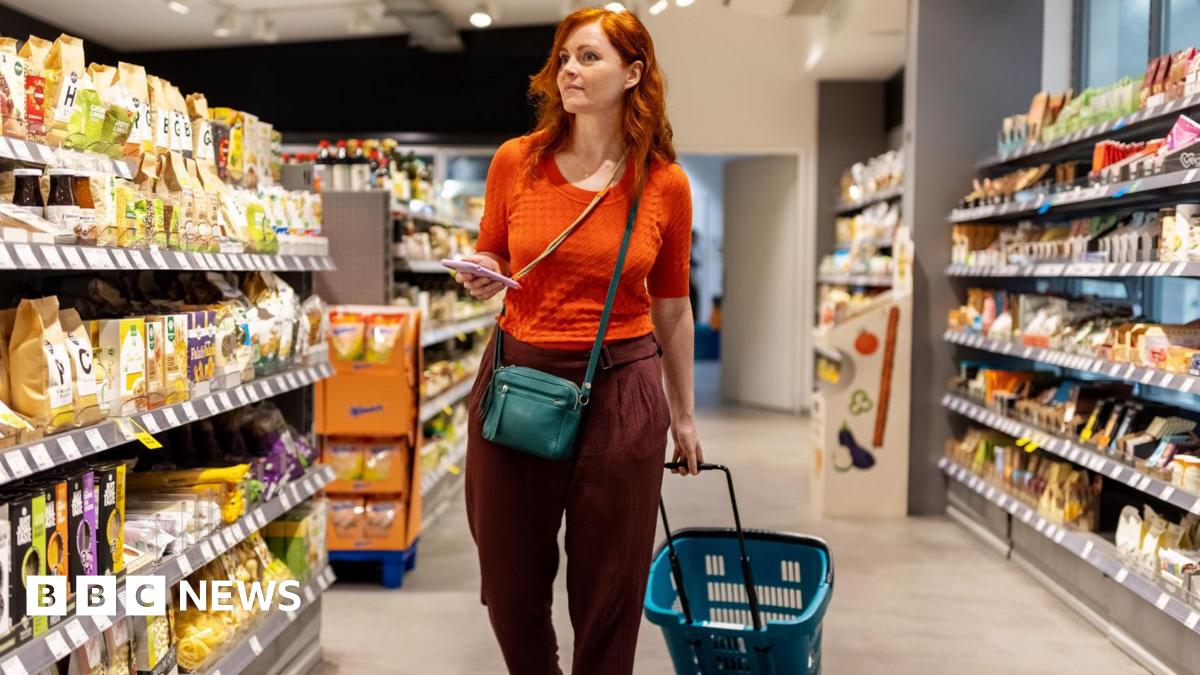Supermarket bosses highlighted that part of the government’s business rates reforms posed a problem for the industry, in particular the so-called business rates surtax, which is being levied on all large commercial premises.
Business rates are a tax on non-domestic properties such as shops, pubs and offices.
In last year’s Budget, the government announced its intention to introduce two lower figures used to calculate such rates for retail, hospitality and leisure properties with rateable values below £500,000.
Meanwhile, firms with properties with rateable values at and above £500,000 will pay a higher amount, which the government says will include the majority of large distribution warehouses, such as those used by online retail giants Amazon.
It is expected that the chancellor will confirm the rates businesses will have to pay at next month’s Budget, along with further details, which will come into force in April 2026.
But the UK’s supermarkets have argued large retail premises were a “tiny proportion of all stores, yet account for a third of retail’s total business rates”.
They urged the chancellor to “ensure that the proposed changes to business rates result in a significant reduction to the industry’s rates burden”.
“The chancellor has rightly made tackling inflation her top priority, and with food inflation stubbornly high, ensuring retail’s rates burden doesn’t rise further would be one of the simplest ways to help,” said Ms Dickinson.
The Treasury said that business rates would be adjusted to reflect changes in the overall value of the tax base, “so that the system continues to raise the same amount of revenue in real terms”.
“If the total value of rateable properties increases, the tax rate will generally fall,” it added. “This means that even if a specific property’s RV goes up, its bill could still decrease if the reduction in the tax rate is large enough to offset the increase in value.
“Ultimately, what businesses pay after a revaluation depends on both the new RVs and the adjusted tax rate.”
